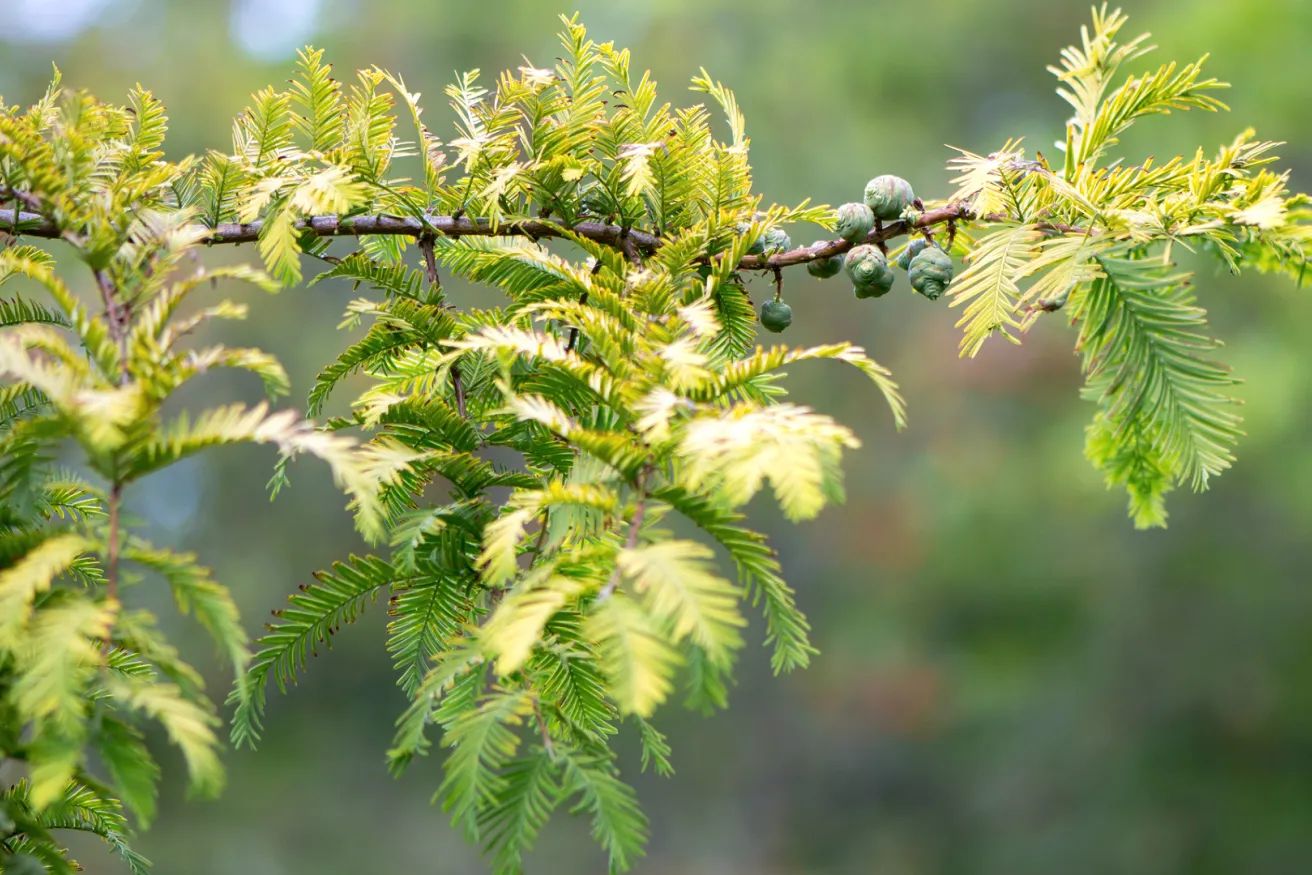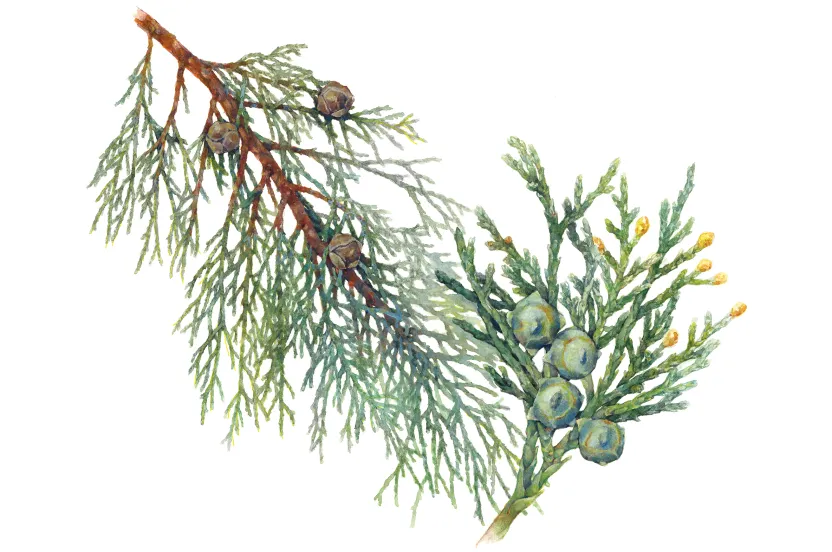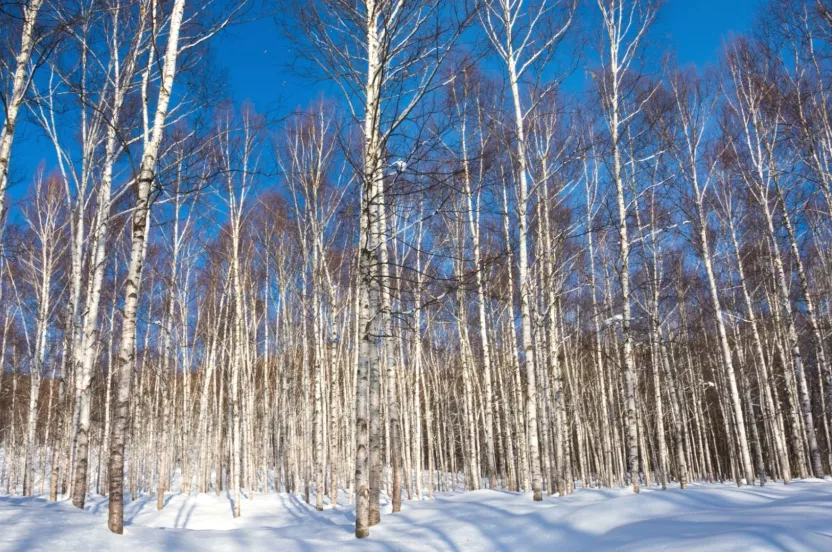Celebrate Arbor Day with 15% off our shop and nursery. Use code LETSGROW. SHOP NOW
Metasequoia glyptostroboides
The Dawn Redwood is a living testimony to the surprises still found in nature. The tree was believed to be extinct and only known as a fossil, until it was discovered in China in the 1940s.
In 1928, Japanese scientists who specialized in plant fossils began studying cone and leaf fossils that looked a lot like the sequoia trees in California. But by 1941, they were convinced these trees were different than the ones in California, even though they shared strong similarities. They named the tree Metasequoia, meaning a sequoia that is “after,” “between,” or “changed.” This “changed” tree would soon be rediscovered again.
A Second Finding
Shortly afterwards, Zhan Wang — a Chinese professor of forestry and dendrology — was travelling through a remote valley of the Szechwan province of China when a principal of an agricultural school stopped him and asked him to identify a large unusual tree that grew by the temple. Professor Wang and his assistants climbed to the roof of the temple to collect samples of its cones and leaves. Wang was convinced this tree was different from other trees in the region. Determined to learn more, Wang shared his samples with a colleague at a larger university, who passed it on to another colleague. They all agreed this tree was unique. This tree was a new species.
One of these colleagues recognized the species as the same species discovered in fossils by the Japanese paleobotanists. The Chinese scientists gave the tree its full scientific name. Its species name glyptostroboides refers to glyptostrobus — a conifer in the Taxodiaceae family that is common in China. The “oides” means like or similar to that tree. Indeed, this tree was similar to sequoias. It didn’t take long for word of this great discovery to spread.
Back to America
By 1948, seeds from this rare species were making their way around the globe. The University of California, Berkeley funded a seed collection expedition to disperse seeds to botanic gardens, universities, and colleges throughout the world in an effort to preserve the species.
Intrigued by this newly discovered tree, U.C. Berkeley paleobotanist Dr. Ralph Chaney and science writer with the San Francisco Chronicle Dr. Milton Silverman journeyed to China to see these trees. They were the first westerners to see a living dawn redwood. Chaney was so thrilled, he called it a “botanical alumni reunion,” describing it as remarkable as discovering a living dinosaur.
What’s in a Name?
At the time of Chaney and Silverman’s voyage to China, the tree did not have a common name. The name dawn redwood was thought up in an editorial office of the San Francisco Chronicle to help sell the story. Chaney and Silverman’s well-publicized visit to China helped share the story of a species that was on the brink of extinction.
In the Landscape
The Dawn Redwood is a beautiful tree in parks, golf courses and other sites large enough to accommodate its size. It is fast growing and reaches up to 100 feet at maturity (hardiness zones 5-8). It is relatively care-free and is a tough and beautiful specimen tree in any large landscape. Always a conversation piece thanks to its history.




